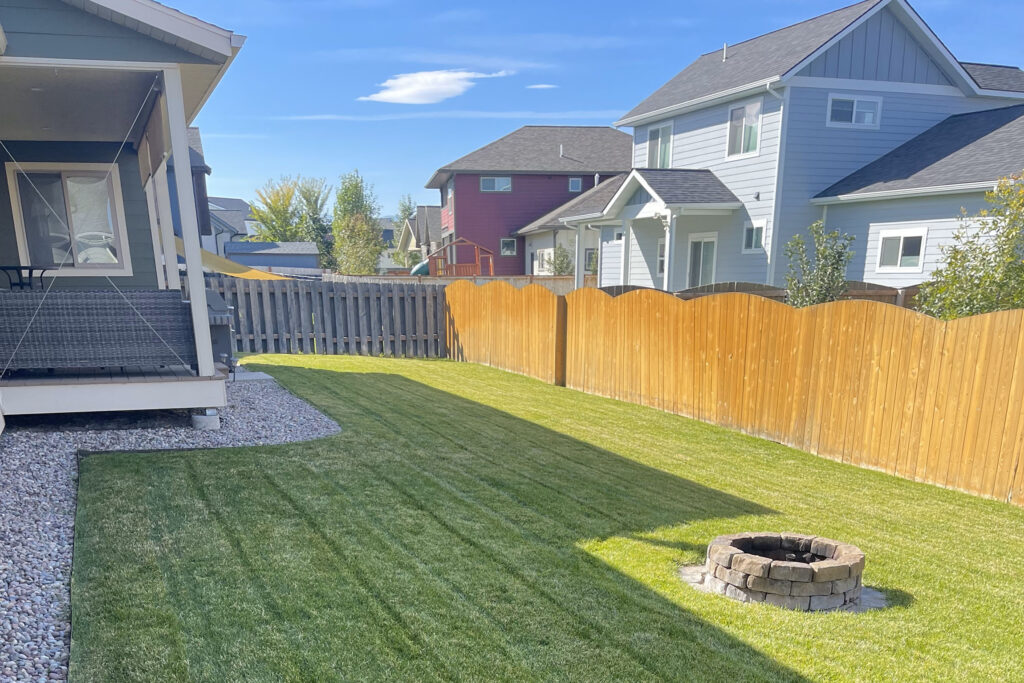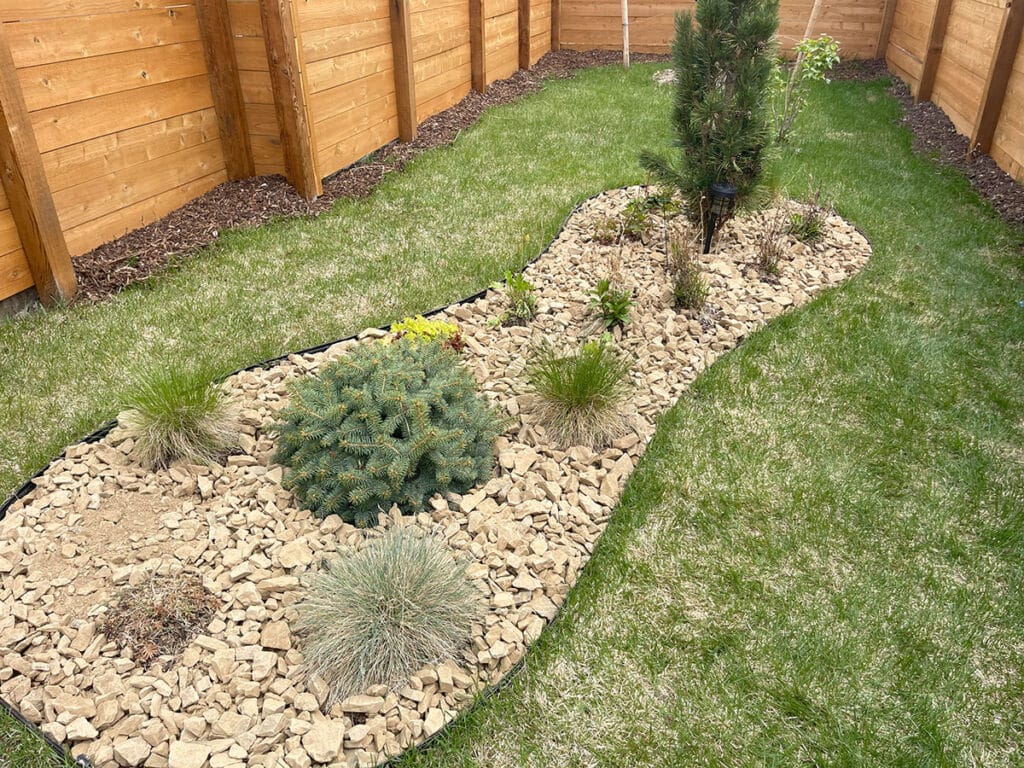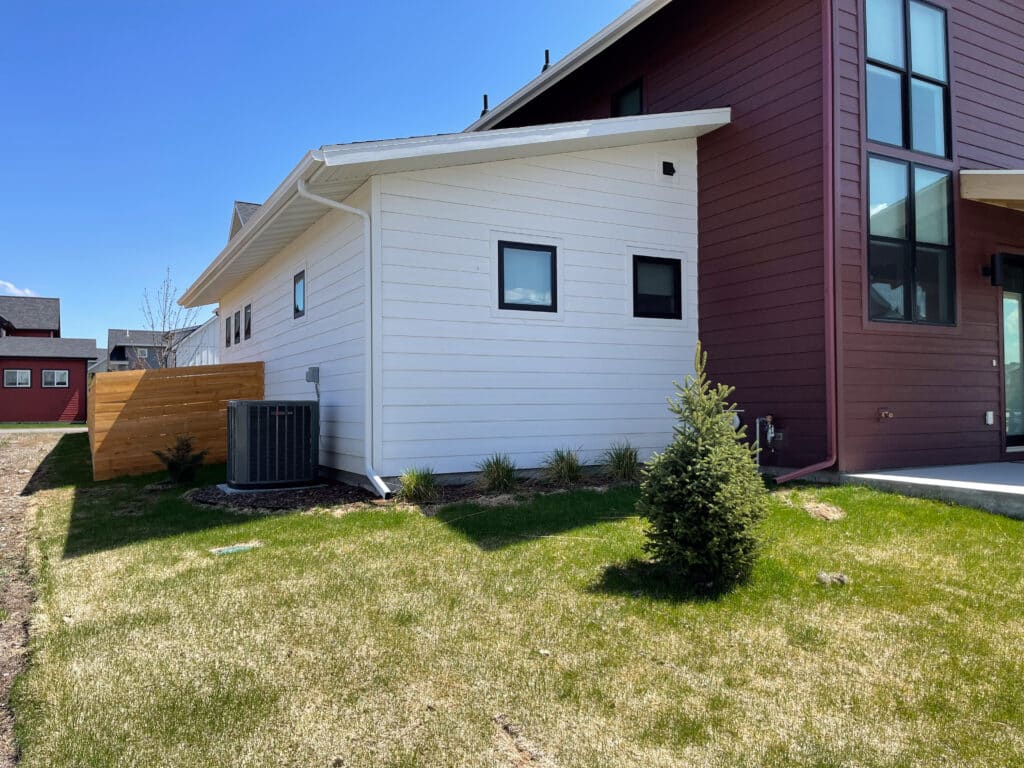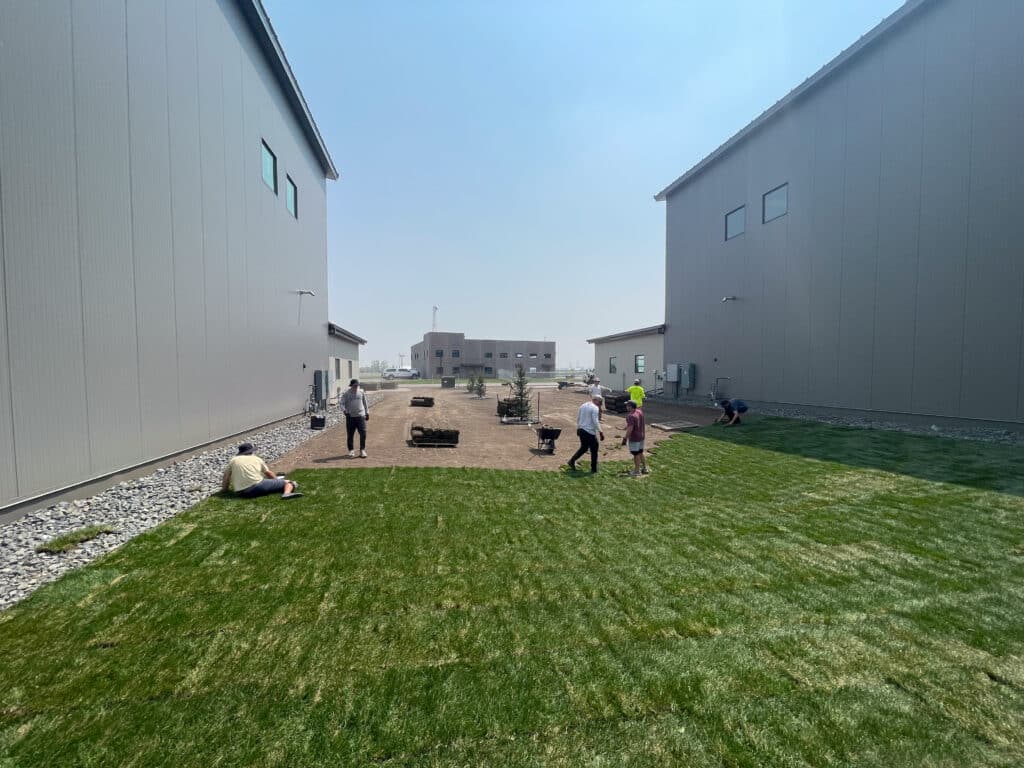Softscaping enhances aesthetics, improves air quality, provides shade, and contributes to a healthier environment.
Softscaping, the inclusion of living, horticultural elements in landscaping, offers a range of benefits that contribute to the overall appeal, functionality, and environmental sustainability of outdoor spaces. Here are some key benefits of softscaping:
Benefits
1. Aesthetic Appeal
Softscaping adds beauty and visual interest to outdoor environments with a variety of plants, flowers, trees, and shrubs.
Diverse foliage colors, textures, and seasonal blooms enhance the overall aesthetic appeal of the landscape.
2. Environmental Benefits
Plants contribute to improved air quality by absorbing carbon dioxide and releasing oxygen through the process of photosynthesis.
Softscaping supports biodiversity by providing habitats for insects, birds, and other wildlife, promoting a healthy ecosystem.

3. Temperature Regulation
Trees and large shrubs provide shade, reducing the heat absorbed by surfaces and helping to lower ambient temperatures.
Properly placed softscape elements can contribute to microclimate regulation and mitigate the urban heat island effect.
4. Privacy and Screening
Softscaping elements like trees, shrubs, and hedges can be strategically placed to create natural barriers for increased privacy.
Evergreen plants can serve as effective year-round screens.
5. Noise Reduction
Plants help absorb and dampen sound, providing a natural barrier to reduce noise pollution in outdoor spaces.
Dense vegetation and trees can act as effective sound buffers.
6. Stress Reduction
Exposure to green spaces and natural elements has been linked to reduced stress levels and improved mental well-being.
Softscaping creates tranquil and inviting outdoor environments that can serve as retreats from urban stressors.
7. Erosion Control
Groundcovers and plants with extensive root systems help stabilize soil, preventing erosion and runoff.
Softscaping elements contribute to soil health and structure.
8. Improved Air Quality
Plants filter pollutants from the air, improving overall air quality in the surrounding environment.
Softscape features contribute to a healthier outdoor atmosphere.
9. Enhanced Property Value
Well-designed softscaping can significantly enhance the curb appeal and overall value of a property.
Landscaped areas are often considered desirable features by potential homebuyers.
10. Reduced Energy Costs
Strategically planted trees can provide shade to buildings, reducing the need for air conditioning during hot months.
Trees act as natural windbreaks, reducing heating costs in the winter.
11. Promotion of Outdoor Activities
Softscaping creates inviting spaces for outdoor activities, recreation, and social gatherings.
Well-designed landscapes encourage people to spend more time outdoors.
12. Customization and Personalization
Softscape design allows for a high level of customization to reflect individual preferences and styles.
Plant selection, color schemes, and garden layouts can be tailored to suit specific tastes.
13. Seasonal Interest
Softscaping provides changing displays of color and texture throughout the seasons, creating dynamic and evolving landscapes.
Seasonal interest adds excitement and variety to the outdoor environment.
14. Connection with Nature
Softscape features foster a sense of connection with nature, promoting relaxation and a feeling of well-being.
Nature-rich environments have been associated with improved mood and cognitive function.
15. Low Maintenance Options
Softscape designs can incorporate low-maintenance plant selections, reducing the time and effort required for upkeep.
Properly planned softscapes can thrive with minimal intervention.
16. Sustainable Landscaping
Softscaping can be part of a sustainable landscaping approach by incorporating native plants, promoting water conservation, and reducing the need for chemical inputs.
Sustainable practices in landscaping contribute to environmental stewardship.
Final Thoughts
Softscaping, when thoughtfully planned and implemented, creates balanced, harmonious outdoor spaces that benefit both individuals and the environment. It enhances the overall quality of life, promotes sustainability, and adds value to properties.



